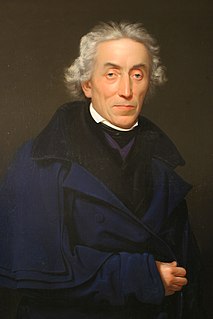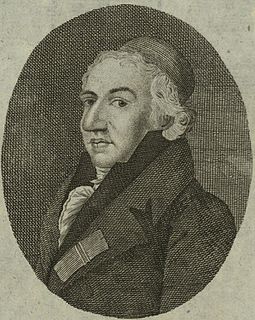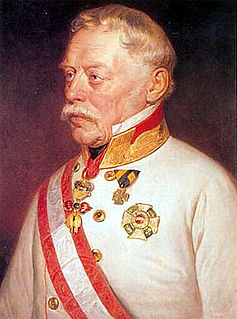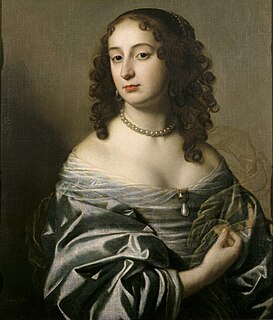 W
WTzvi Hirsch ben Yaakov Ashkenazi, known as the Chacham Tzvi after his responsa by the same title, served for some time as rabbi of Amsterdam. He was a resolute opponent of the followers of the false messiah, Sabbatai Zevi. He had a chequered career owing to his independence of character. He visited many lands, including England, where he wielded much influence. His responsa are held in high esteem. He was the grandson of Ephraim ha-Kohen, author of "Sha'ar Efrayim," who in turn was the son-in-law of a grandchild of Elijah Ba'al Shem of Chelm.
 W
WJohann Balzer was an 18th-century Czech engraver in the Kingdom of Bohemia.
 W
WFlorian Baucke, also Florian Paucke, Florian Pauke, Spanish: Florián Baucke was a Silesian and Bohemian Jesuit missionary, who recorded the native traditions of South America.
 W
WJan František Beckovský, was a Czech historian, writer, translator, and priest.
 W
WFranz Benda baptised 22 November 1709, Benátky nad Jizerou – 7 March 1786, Potsdam) was a Bohemian violinist and composer, who worked for much of his life at the court of Frederick the Great.
 W
WAaron Chorin was a Hungarian rabbi and pioneer of early religious reform. He favored the use of the organ and of prayers in the vernacular, and was instrumental in founding schools along modern lines. Chorin became a pivotal figure for reformers, although he himself still operated inside a traditional framework. He also interested himself in public affairs—he took an active part in the efforts for Jewish emancipation, and was very influential with the state authorities.
 W
WJosef Dobrovský was a Czech philologist and historian, one of the most important figures of the Czech National Revival along with Josef Jungmann.
 W
WRav Jonathan Eybeschütz was a Talmudist, Halachist, Kabbalist, holding positions as Dayan of Prague, and later as Rabbi of the "Three Communities": Altona, Hamburg and Wandsbek. With Rav Jacob Emden, he is well known as a protagonist in the Emden–Eybeschütz Controversy.
 W
WFranz Josef Gerstner was a German-Bohemian physicist, astronomer and engineer.
 W
WHerz Homberg was an Austrian-Jewish educator and writer.
 W
WJosef Jungmann was a Czech poet and linguist, and a leading figure of the Czech National Revival. Together with Josef Dobrovský, he is considered to be a creator of the modern Czech language.
 W
WJohann Josef Cajetan Graf von Klenau, Freiherr von Janowitz was a field marshal in the Habsburg army. Klenau, the son of a Bohemian noble, joined the Habsburg military as a teenager and fought in the War of Bavarian Succession against Prussia, Austria's wars with the Ottoman Empire, the French Revolutionary Wars, and the Napoleonic Wars, in which he commanded a corps in several important battles.
 W
WAlois Josef hrabě Krakovský z Kolovrat or Krakowský z Kolowrat was the Roman Catholic archbishop of Prague from 1831 to 1833.
 W
WJakub Kresa, Spanish: Jacobo Kresa, Latin: Jacobo Kreysa was one of the most important Czech mathematicians of the Baroque era.
 W
WJulius Vincenz von Krombholz was a physician and mycologist born in Oberpolitz, northern Bohemia.
 W
WAnna Aloysia Maximiliane Louise von Lamberg was an Austrian countess who was successively the mistress of Augustus II the Strong, King of Poland, and Aleksander Benedykt Sobieski. She is known to history as Countess Esterle.
 W
WLouise Hollandine of the Palatinate was a painter and abbess. She was a daughter of Frederick V of the Palatinate and King of Bohemia, and Elizabeth Stuart.
 W
WMarie Louise was an Austrian archduchess who reigned as Duchess of Parma from 1814 until her death. She was Napoleon's second wife and, as such, Empress of the French from 1810 to 1814.
 W
WJan Václav Stich, better known as Giovanni Punto was a Czech horn player and a pioneer of the hand-stopping technique which allows natural horns to play a greater number of notes.
 W
WJohann Josef Wenzel Anton Franz Karl, Graf Radetzky von Radetz was a Bohemian nobleman and Austrian field marshal. He served as chief of the general staff in the Habsburg Monarchy during the later period of the Napoleonic Wars and afterwards began military reforms. A disciplined and fair man, he was so beloved by his troops that he was known as Vater ('Father') Radetzky. He is best known for the victories at the Battles of Custoza and Novara during the First Italian War of Independence.
 W
WRudolph Johann Joseph Rainier, Archduke of Austria, Prince Royal of Hungary and Bohemia, Cardinal-Archbishop of Olomouc, was a member of the House of Habsburg-Lorraine, and an Austrian clergyman and noble. He was consecrated as Archbishop of Olomouc (Olmütz) in 1819 and became cardinal in the same year. Rudolph is known for his patronage of the arts, most notably as sponsor of Ludwig van Beethoven who dedicated several of his works to him.
 W
WBenedikt Emanuel Schack was a composer and tenor of the Classical era, a close friend of Mozart and the first performer of the role of Tamino in Mozart's opera The Magic Flute.
 W
WJohann Alois Senefelder was a German actor and playwright who invented the printing technique of lithography in the 1790s.
 W
WSophia, Electress of Hanover was the Electress of Hanover by marriage to Elector Ernest Augustus, and later the heiress presumptive to the thrones of England and Ireland under the Act of Settlement 1701. She died less than two months before she would have become queen. Consequently, it was her son George I who succeeded her first cousin once removed, Anne.
 W
WFranz Anton von Sporck, Count was a German-speaking literatus and patron of the arts who lived in the province of Bohemia in what is now the Czech Republic. He was one of the most notable cultural and intellectual figures in central Europe in the early 18th century.